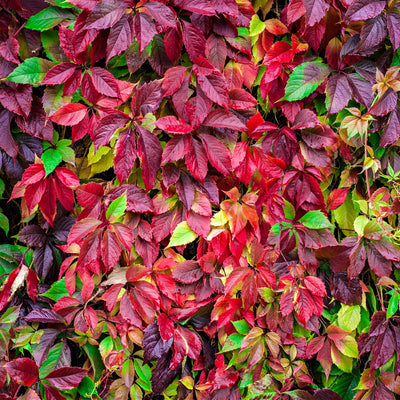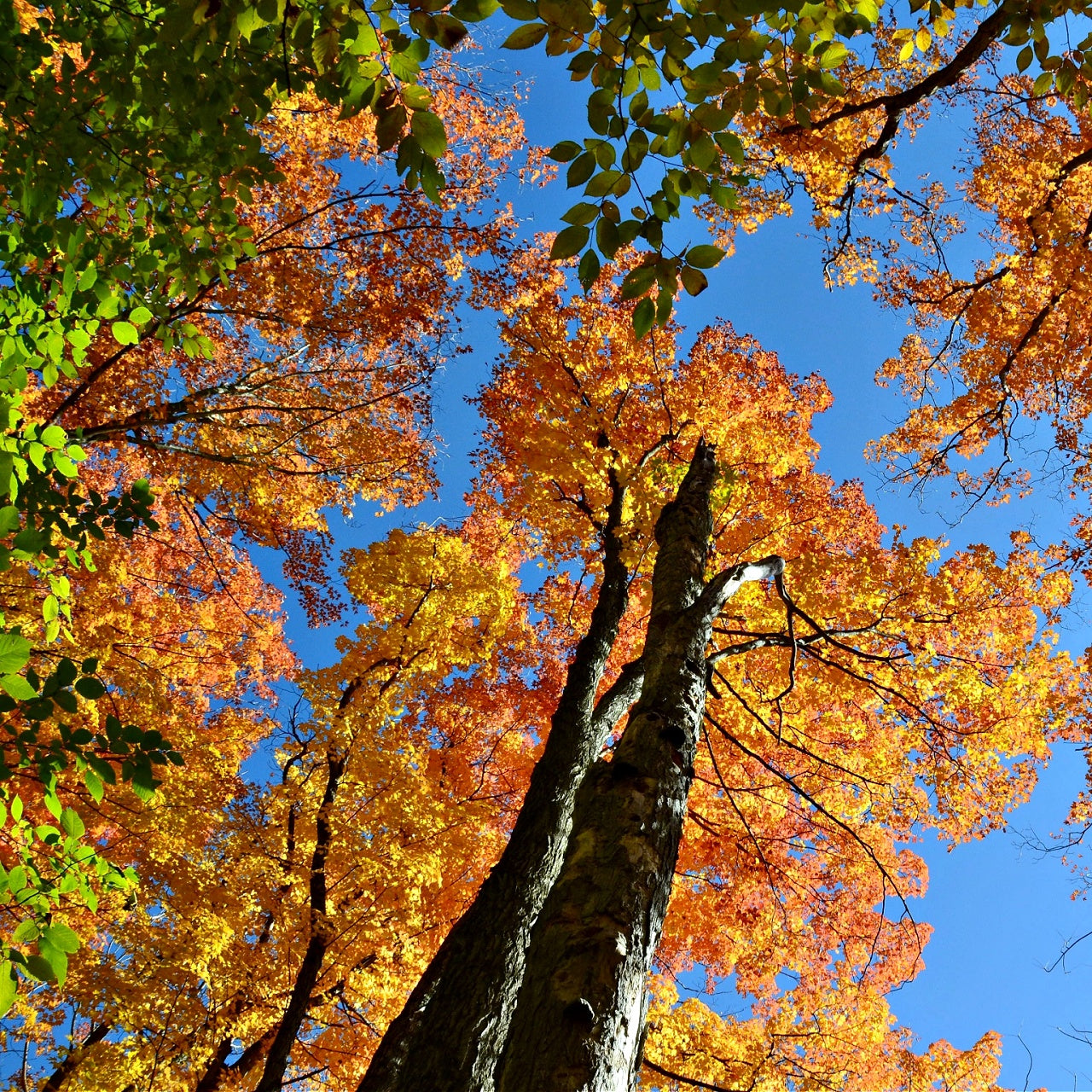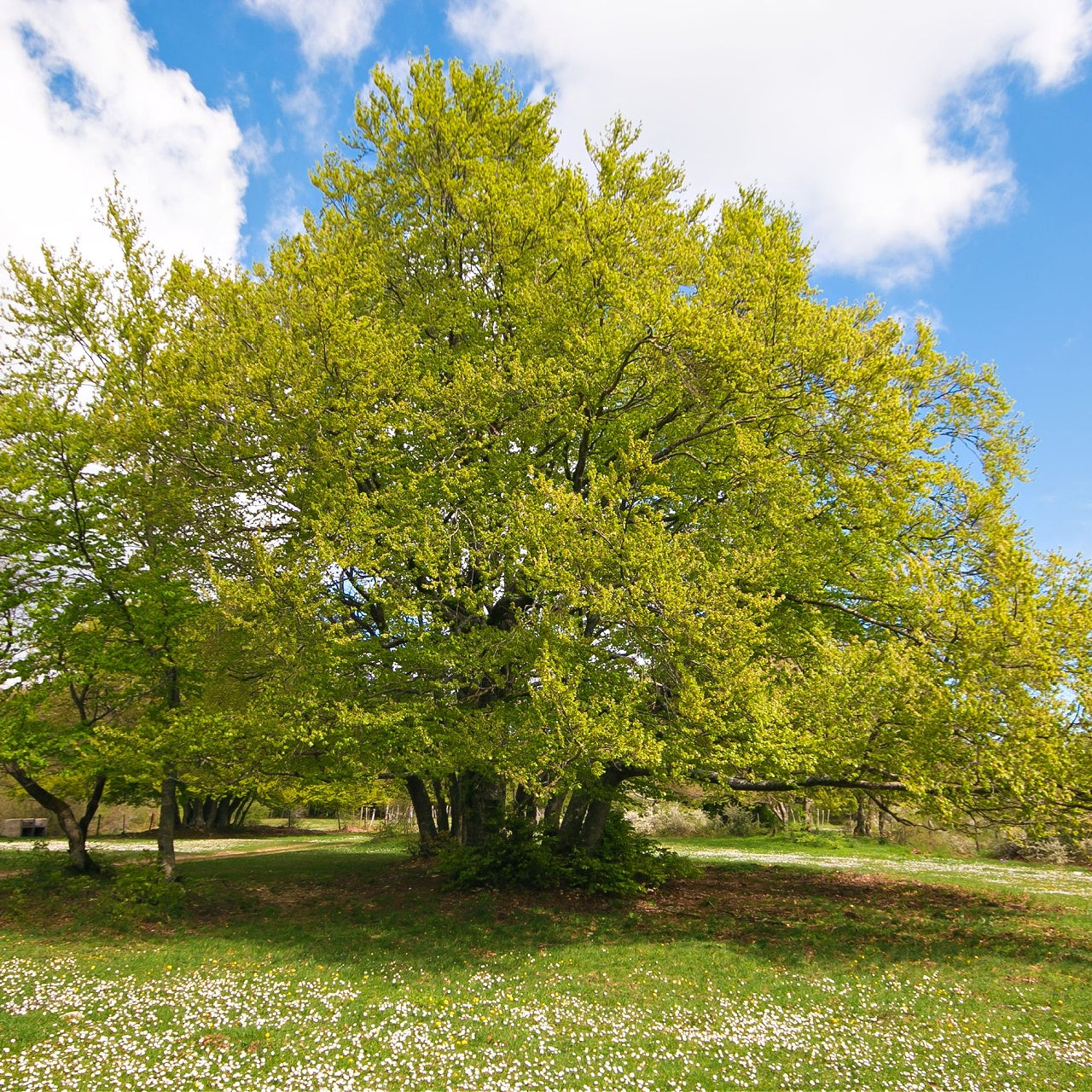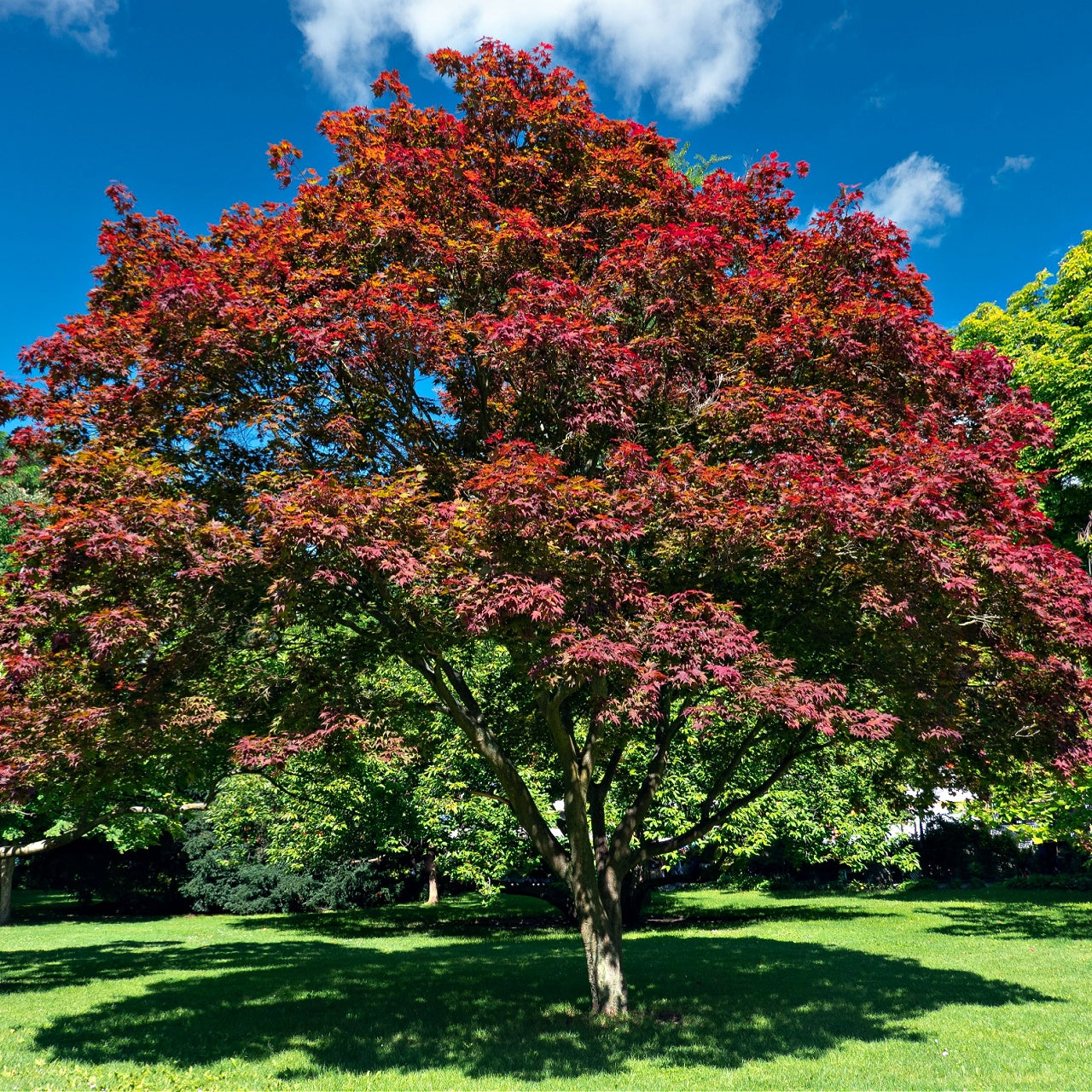
Hummingbird Plants Offer A Bright Vibrant Color To Your Lawn
Hummingbird Plants Offer A Bright Vibrant Color To Your Lawn
Plants That Attract Hummingbirds
Many homeowners occasionally love to see a hummingbird in their yard, but it would be even better to have these lovely birds become regular visitors. One way to do this is to hang a feeder in the yard. An even wiser strategy is to grow plants that strategically attract hummingbirds.
A trumpet vine can grow in almost any climate, including those with brutal winters or desert areas. It is aptly named for its vibrant red, orange, or yellow trumpet-shaped flowers. This vine is so well known for its hummingbird attraction that many feeders are shaped like its flowers. Though this plant requires a moderate amount of maintenance, it is well worth the effort for the beauty of the plant itself and the hummingbirds it is bound to attract.
Hummingbirds also love hall's honeysuckle vines. Their flowers have a white-yellow color, adding an elegant cottage feel to any backyard. These vines work well as covers for walls, fences, dead tree limbs, or an arbor or trellis. Within a few years, you can cover the entire surface with the rapidly growing plant. Beyond the first year, it requires very little maintenance, but it should be pruned annually to keep its size under control.
A plant that requires minimal maintenance yet still attracts hummingbirds are Virginia creeper vines. They require light pruning only if they begin to cross onto a pathway, but other than this, they are very low-maintenance. They don't need watering unless there is an extended drought, and they can thrive in full sun to shade. While this will attract hummingbirds in the warmer months, it will continue to be a gorgeous addition to your yard in the fall, when its green leaves turn bright crimson.
Though a feeder is an excellent strategy to attract hummingbirds, growing certain plants is another way to bring these birds into your yard more regularly.
Products from the Article







